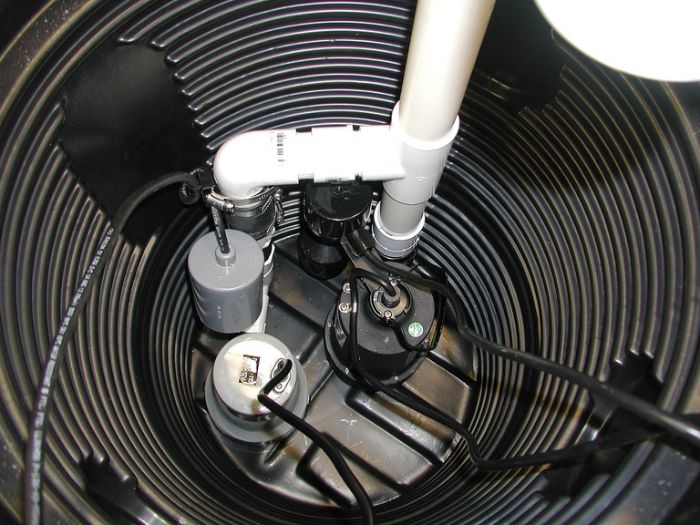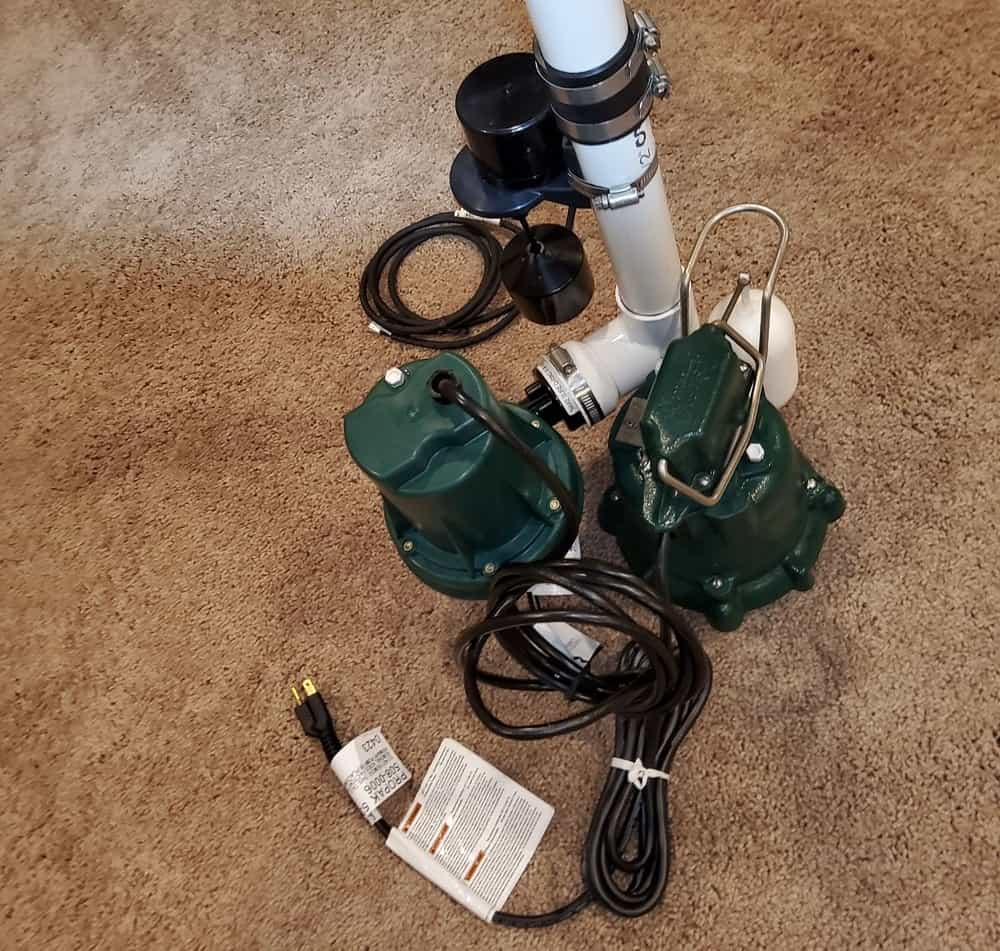When water begins to accumulate in your basement, it indicates that something has gone significantly wrong with your sump pump system. Sump pumps are often seen as the first line of defense against basement flooding, and they play an important part in keeping your house dry and secure. Unfortunately, like other mechanical systems, they might fail, exposing your basement to water damage. If you’re experiencing issues, our sump pump repair services in Colorado are here to help you quickly restore your home’s safety and prevent further damage.
In this extensive tutorial, we’ll look at why basement flooding happens, the need for a sump pump, typical faults that might cause it to fail, and how you can prevent or fix these difficulties.
Sump Pumps and Their Importance
A sump pump is a pump that is put in the basement or crawlspace at the lowest level. Its major function is to help keep the area beneath the structure dry and avoid floods. Water enters the sump pit by drains or through natural water migration in the soil. The sump pump’s duty is to pump water out of the pit and away from the building, keeping the basement or crawlspace dry.
The value of having a working sump pump in preventing basement flooding cannot be emphasized. Without a dependable basement flooding sump pump, water can gather in, causing structural damage, mold development, and other costly and unhealthy situations.
Common Causes of Sump Pump Failures
Power Failure: A power loss is the most typical reason for a sump pump failing and flooding the basement. Without electricity, the sump pump will stop working unless it has a battery backup.
Improper Installation: In case a sump pump is not properly installed, it may fail to function when required the most. This covers concerns such as poor pump size and failure to install a check valve.
Lack of Maintenance: Regular upkeep is essential for the lifetime and good operation of a sump pump. Neglect may cause a variety of problems, including blockages from dirt and debris that might prevent the pump from operating.
Overwhelmed Pump Capacity: During harsh weather conditions, a sump pump can fail to handle the increasing amount of water, causing basement flooding.
Switch Problems: A sump pump’s switch might be its weak point. If the switch fails, the pump may not switch on automatically, resulting in basement flooding and the sump pump stopped working.
Freezing Temperatures: In colder climates, freezing temperatures can freeze the sump pump’s discharge line, preventing it from expelling water. This blockage can cause water to back up into the basement, leading to flooding. To prevent this issue, insulate the discharge line or install a freeze protection device.
Preventative Measures and Maintenance Tips

Consider the following methods to minimize basement flooding and keep your sump pump functioning optimally:
Regular inspections: Check your sump pump on a regular basis to ensure it’s clean and the inlet screen is clear of dirt.
Test the pump: Pour water into the sump pit using a bucket to ensure the pump starts immediately and empties quickly once activated.
Battery Backup: Invest in a reliable battery backup system to guarantee that the sump pump can operate during a power outage, avoiding instances in which the sump pump stopped working and the basement flooded.
Professional checks: Have your sump pump inspected by a professional on a yearly basis. This examination can detect problems that might otherwise go unnoticed.
Replace worn-out parts: To minimize unexpected failures, replace worn-out elements on a regular basis, such as backup system batteries or the pump itself, after several years of use.
Troubleshooting Common Sump Pump Problems
When your sump pump stops working and the basement floods, you must quickly diagnose and resolve the problem. Here are some troubleshooting steps:
Check for power issues: Verify that the pump is properly plugged in and the circuit breaker has not tripped.
Inspect the switch: Ensure the float switch is free from any blockages or obstructions.
Look for clogs: Clear away any debris that could be blocking water flow to and from the pump.
Evaluate the discharge line: Ensure the pipe is neither frozen nor clogged, as this could prevent water from draining out of the basement.
Bringing It All Together: Securing Your Home Against Floods
Keeping your basement dry and flood-free is critical for your home’s structural integrity and health. A well-operational sump pump is your best defense against potential flooding disasters. Regular maintenance, combined with timely repairs, may keep your system functioning well for many years.
Wrapping Up the Flood Gates
As we wrap up our tour, remember that avoiding basement floods entails more than just installing a sump pump. It involves a complete strategy that includes routine maintenance and prompt response when problems develop. If you need expert guidance or professional assistance to address your sump pump needs or to fix a basement flooding issue, contact us at Big Apple Plumbing. We are devoted to providing dependable, high-quality service to keep your house secure and dry.


